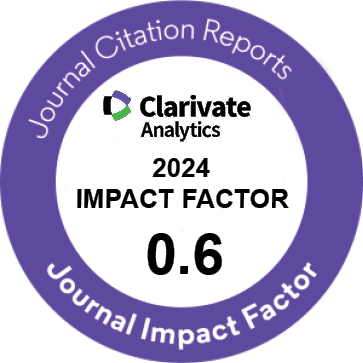| Original Article | |
| Correlation between Nonreassuring Patterns in Fetal Cardiotocography and Birth Asphyxia | |
| Fatemeh Abbasalizadeh, Shamci Abbasalizadeh, Shabnam Pouraliakbar, Parvin Bastani | |
| Women?s Reproductive Health Research Center, Tabriz University of Medical Sciences, Tabriz, Iran | |
|
IJWHR 2015; 3: 151-154 DOI: 10.15296/ijwhr.2015.31 Viewed : 5924 times Downloaded : 7327 times. Keywords : Asphyxia, Cardiotocography, Pregnancy |
|
| Full Text(PDF) | Related Articles | |
| Abstract | |
Objective: Cardiotocography is a tool for assessing the fetus during labor and identification the risk of asphyxia. Abnormal cardiotocography can induce stress on the physician and mother and can result in their deciding to terminate the pregnancy and the complications of an emergency cesarean section. The purpose of this study was the evaluation of the correlation between non-reassuring patterns in fetal cardiotocography and birth asphyxia. Materials and methods: In a cross-sectional analytic study, 324 term pregnant women were included, and the association between non-reassuring patterns in cardiotocography (fetal tachycardia, fetal bradycardia, absent or minimal baseline variability, and absence of acceleration and periodic or episodic deceleration) and birth asphyxia were assessed. Results: Birth asphyxia existed in 10 newborns; in all cases mild hypoxic ischemic encephalopathy was observed. Within the non-reassuring cardiotocography patterns, baseline fetal heart variability and periodic or episodic deceleration had a significant relationship with birth asphyxia. Most asphyxia cases had occurred in absent and minimal baseline fetal heart rate (FHR) variability (R = 0.49, P < 0.001). In periodic or episodic decelerations, most asphyxia cases occurred in recurrent late decelerations with normal baseline variability and variable decelerations with shoulders or overshoots (R = 0.42, P = 0.014). Conclusion: With regard to the findings of the present study, we can use non-reassuring cardiotocographic patterns, especially absent and minimal baseline FHR variability and periodic or episodic decelerations, in prediction of birth asphyxia. But it seems that most birth asphyxias occur in normal cardiotocographs. |
Cite By, Google Scholar
Google Scholar
PubMed
Online Submission System
 IJWHR ENDNOTE ® Style
IJWHR ENDNOTE ® Style
 Tutorials
Tutorials
 Publication Charge
Women's Reproductive Health Research Center
About Journal
Publication Charge
Women's Reproductive Health Research Center
About Journal
Aras Part Medical International Press Editor-in-Chief
Arash Khaki
Mertihan Kurdoglu Deputy Editor
Zafer Akan























